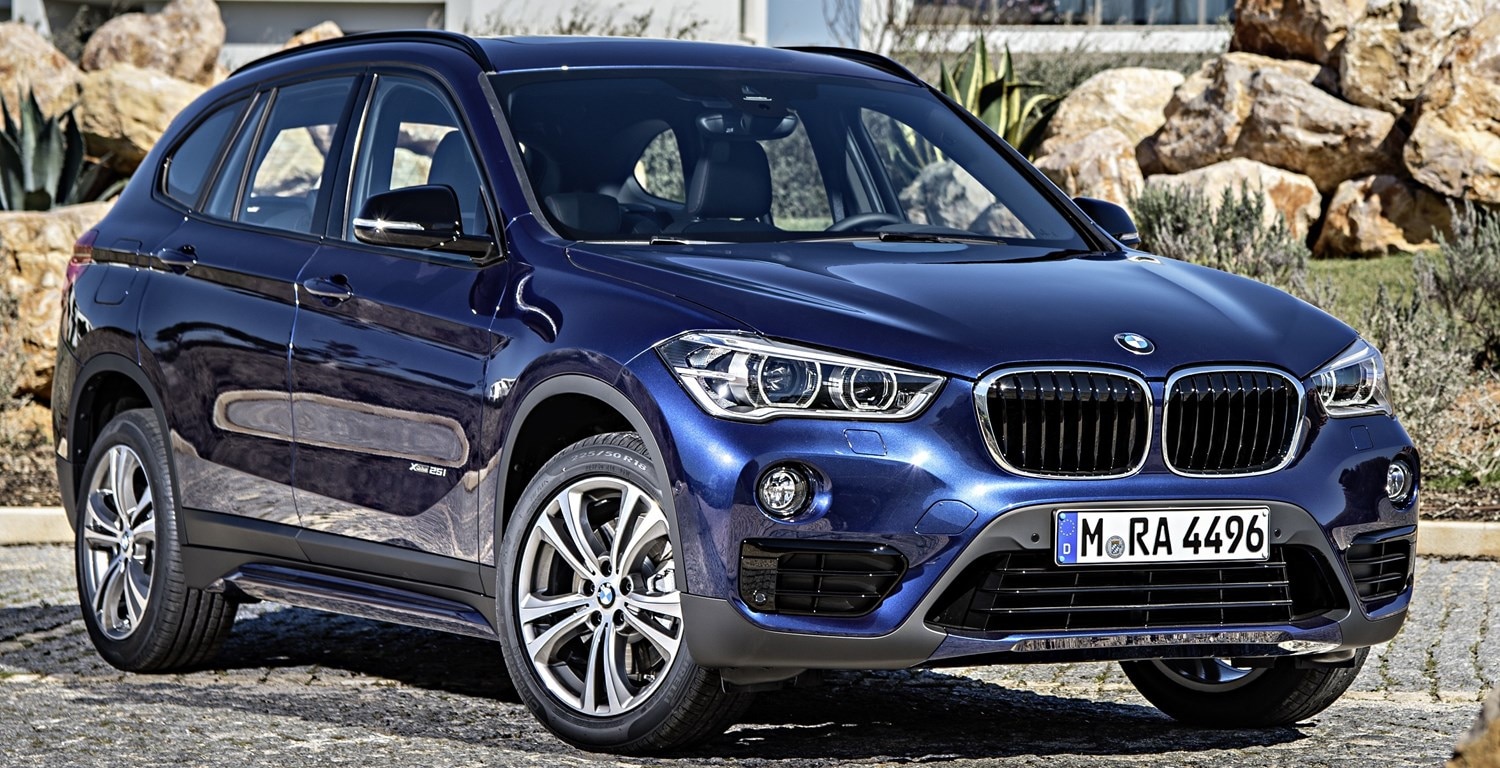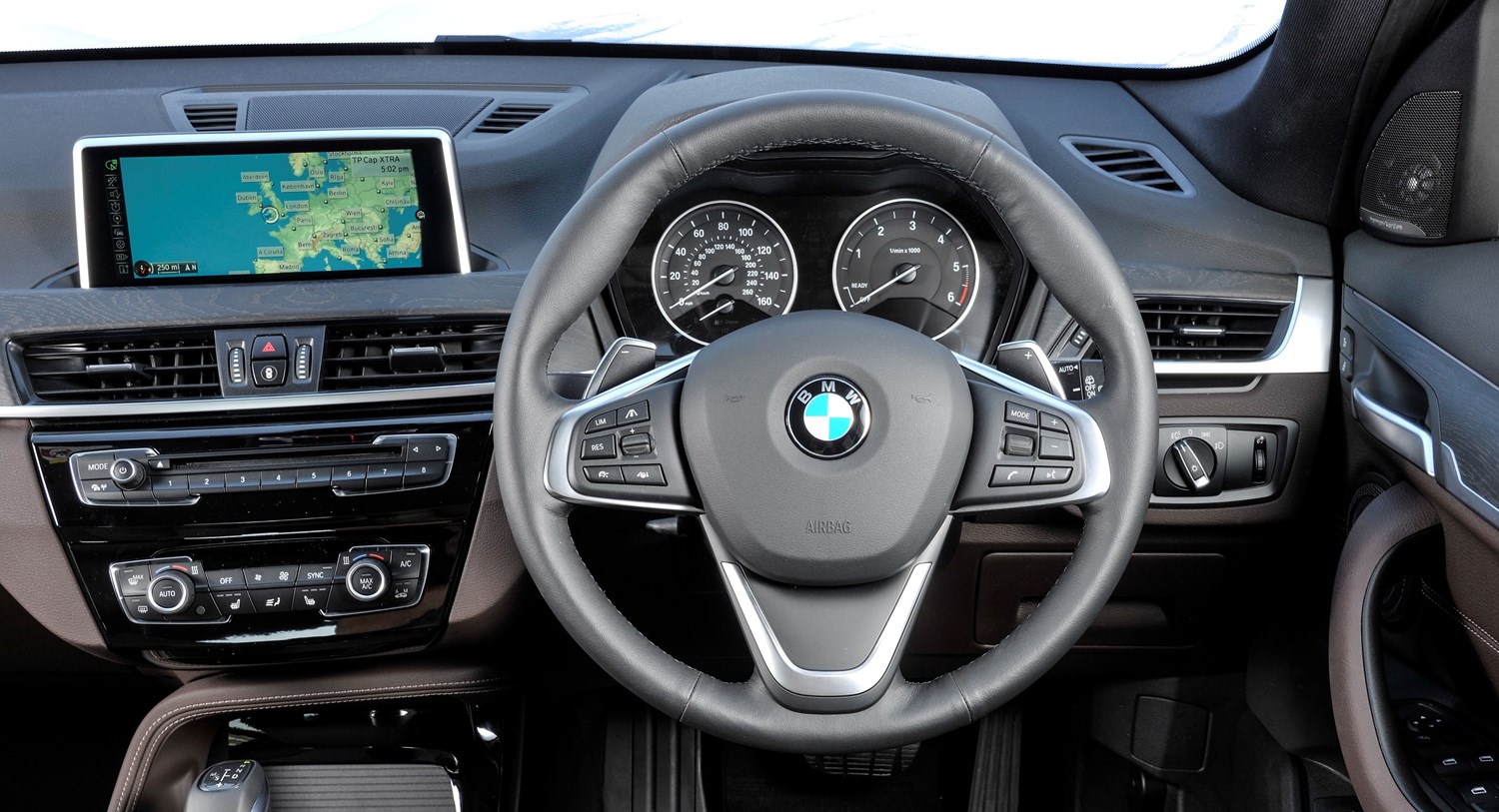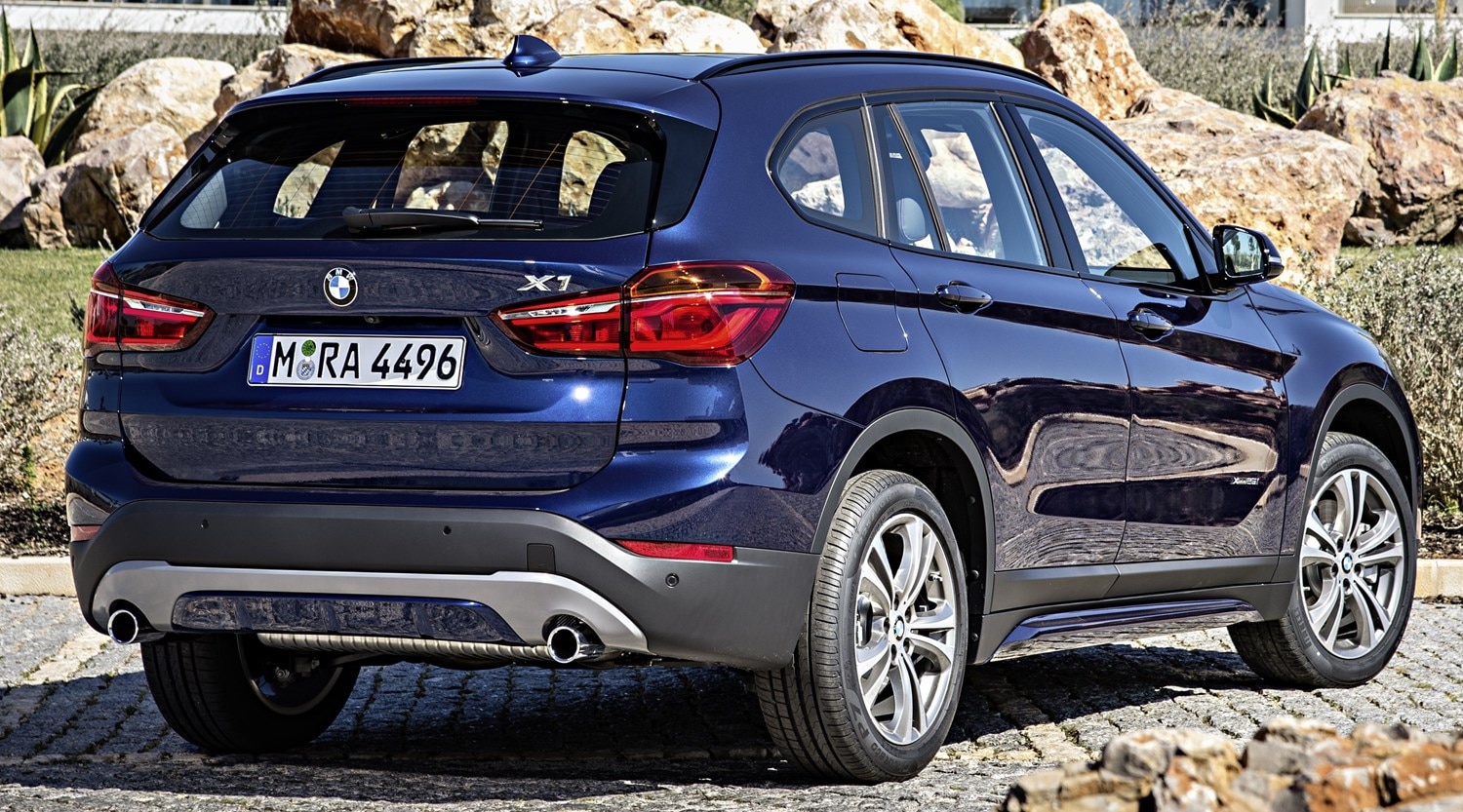Latest Model
Brought in towards the end of 2015, the second generation X1 was seen as a decent evolution for the crossover, as the looks had a marked improvement and it grew slightly to make it more practical than before.
A major issue for the X1, however, was that the price jumped by £3,000 in between generations, which is quite a leap considering many of its cheaper rivals did just as good a job but undercut the X1 considerably on price.
What the X1 does have on its side is a premium feel and with the BMW badge comes good standard features and at least a decent attempt at a strong driving experience.
With plenty of improvements needed over the first generation – which wasn’t great to drive, cramped and very disappointing on the whole – BMW look to be on par with the Audi Q3 and Mercedes GLA who are cornering the small SUV market.
Value for money
The cost of the X1 has been increased considerably for the second generation and that may push some people away from it. But you do get plenty of accessories with it so it can compete with its German rivals, such as electrically folding rear seats two-zone automatic air conditioning, cruise control with braking function, Bluetooth hands-free and media streaming, BMW ConnectedDrive services, multi-function leather sport steering wheel and park distance control.
As well as a lot of other quality accessories, the X1 has been given a new range of more efficient engines making it a much better proposition than before. The second gen X1 starts from £27,990 for the SE model, which is a leap from the previous version, but does mean high-spec used models of the current generation can undercut it.
If you’re looking for a high-spec X1 but don’t want to pay the rather high starting price, there are low-mileage options on the used market that are cheaper. One such example is a 2015 xLine model, which is fitted with a 2.0-litre 228bhp diesel and the xDrive all-wheel drive system.
Also included in this model is heated front seats, BMW’s performance control system, powered tailgate, automatic sports transmission, xLine package and leather interior trim. With only 3,555 miles on the clock in its two years, it hasn’t been pushed hard at all and with a price of £27,475 it is not only cheaper but better equipped as well.
Looks and image
One noticeable improvement with the X1 is how it looks and the exterior is definitely more appealing than with the first generation. It looks more muscular than before and fits in with the rest of the BMW ‘X’ range with sharper lines and a beefier front end.
The grille has also been improved to fit in with the rest of the design and is a much more pleasing prospect in the premium crossover segment. The interior is quite interesting also, with little touches of personality here and there with the colourful band across the dash and contrast stitching. But everything is as you were in BMW terms, with everything in the right place and of a sturdy build.
Something that BMW is very good at is making its cars drive very well no matter the size and shape and in the X1 guise, the German brand has done another very good job. The steering is well-weighted throughout the speed range – lighter feel at the bottom end and a heavier, more assured feel at higher speeds – and precise when cornering, although it can be lacking in feedback.
Body roll has been kept under wraps as well and despite a high stance and riding position, you don’t feel like you get swamped in the corners. The adaptive suspension also helps with overall driving feel.
Fitting the adaptive suspension does make a lot of difference to how the car feels in terms of comfort. With it applied the X1 can soak up the bumps in comfort mode and feel dynamic when needed.
The standard suspension does well also but isn’t as composed overall as the adaptive suspension, so that is an option well worth looking at. Another big improvement on the previous generation is the rear passenger space and taller adults are now able to sit in the back with plenty of head and legroom to spare.





